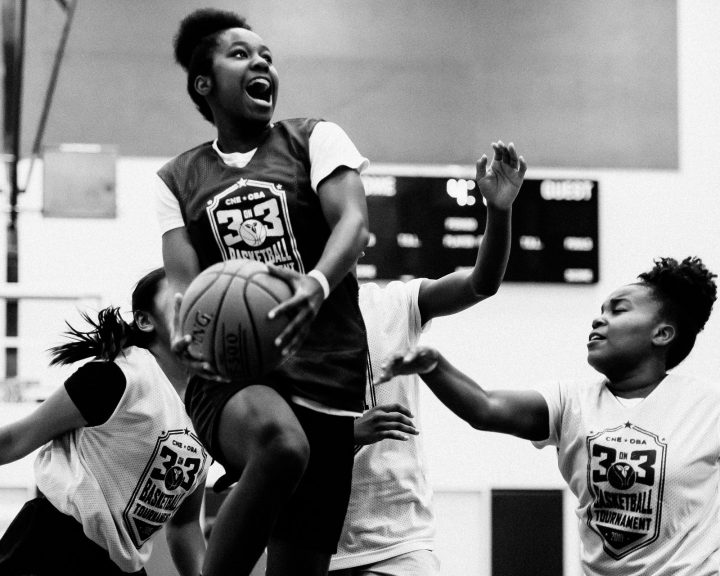When I think of plyometrics I think of two broad categories; single effort plyos and repeated effort plyos. Single effort plyos involve a single, all-out effort. These can be done vertically like a vertical jump or horizontally like a standing long jump.
Single effort plyos are very important for athletes. They teach the fast application of strength. To perform them well, the athlete must be able to execute them quickly, with good technique, and all out effort.
Single effort plyos follow a progression. This is to teach technique and develop a base before moving to more advanced movements. First an athlete should focus on two-legged plyos and then eventually progress to single-leg plyos.
First they begin with how to land safely, then a jump without a counter-movement, then the counter-movement is introduced, next it is done to a height, and finally it is done from a height. A sample is:
- Landing: the idea here is to teach the athlete how to land with the hips pushed back so that the hamstrings are able to absorb the landing. This is to help teach the athlete to avoid varus and valgus landings as well as landing on the toes with the knees pushed forward.
- Squat jumps: Squat jumps involve the athlete moving into a quarter squat, pausing, and then jumping from the squat. There is no counter-movement. It teaches the descent in a vertical jump and reinforces how to land properly.
- Vertical jump: A true vertical jump has a fast descent, minimal time at the bottom of the squat, and an explosive jump. While putting all this together the athlete has to land safely.
- Box jump (to a box): Once the athlete is able to move explosively, the next challenge is to jump to a height (i.e. to a box). This is not an exercise for beginning athletes that have to perfect their technique.
- Depth jumps: The depth jump is the most intense as it involves a great deal of loading on the body. The athlete stands on a height. The athlete will “fall” and without pausing on the ground the athlete will reverse directions and perform a vertical jump.
The progressions listed above were for vertical jumps. Something similar can be done for horizontal jumps:
- Landing: the idea is the same as for vertical jumps.
- “Squat” long jump: The athlete moves into a quarter squat and then pauses. From this position they explode forward as far as they can.
- Standing long jump: The athlete moves into a quarter squat then without pausing explodes forward as far as they can.
- Standing long jump to a box: The athlete jumps forwards and upwards to land on a box.
- Depth jump: The athlete stands on a height. The athlete will “fall” to the ground and without pausing on the ground the athlete will explode forward and perform a long jump.
In the next post we’ll explore single leg plyometrics!



